Kawasaki will not return to the premier motorsport competition, citing financial and strategic reasons.

Subscribe to our Telegram channel for instant updates!
Kawasaki has officially ruled out a return to MotoGP, citing several factors that have kept the Japanese manufacturer away from the premier motorcycle racing class since its departure in 2009.
Among the key reasons are financial constraints, the aftermath of the global economic crisis, challenges with the Ninja ZX-RR’s competitiveness, strict MotoGP regulations for new factory teams, and the increasingly demanding race calendar.
MotoGP, in its modern form, was established in 2002, but Kawasaki’s involvement in top-tier motorcycle racing predates this. Kawasaki entered the inaugural MotoGP season in 2002 with its ZX-RR bike and experienced rider Akira Yanagawa.
Although the first two seasons were marked by modest performances, the team achieved notable milestones during its seven-season run. Shinya Nakano delivered a third-place podium finish at the Japanese Grand Prix in 2004, and the team claimed a second-place result at the Chinese Grand Prix in 2005.

Despite these highlights, Kawasaki struggled to maintain consistent competitiveness. Frequent changes in riders and limited development of the ZX-RR hindered progress. The team even signed Marco Melandri, a former MotoGP World Championship runner-up, for the 2009 season. However, the global economic crisis forced Kawasaki to announce its withdrawal from MotoGP at the beginning of 2009.
The financial demands of MotoGP played a significant role in Kawasaki’s decision. Operating a MotoGP team requires a minimum budget of €10 million annually, with some championship-level teams reporting costs exceeding €15 million.
By contrast, Kawasaki has found a more suitable platform in the FIM World Superbike Championship (WSBK), where the financial and technical barriers are considerably lower.
WSBK motorcycles are modified versions of production models that consumers can purchase, making the series more aligned with Kawasaki’s commercial goals. A WSBK bike can cost under $300,000, whereas MotoGP machines, being track-exclusive prototypes, can run into the millions.

After stepping away from MotoGP, Kawasaki has flourished in the World Superbike Championship (WSBK), clinching multiple world titles.
Two standout riders have been instrumental in Kawasaki’s success: Tom Sykes, who claimed the championship in 2013, and Jonathan Rea, who has dominated the series since 2015, delivering an era of unparalleled triumphs for the team.
Additionally, Alex Lowes also joined the Kawasaki Racing Team in October 2019, partnering with the multi-time world champion Jonathan Rea in WSBK.
The manufacturer’s focus on WSBK aligns better with its resources and objectives, prioritizing accessible performance and consumer engagement over the high-stakes, high-cost demands of MotoGP.
For now, Kawasaki remains firmly committed to WSBK, leveraging its racing heritage to connect with its customer base while avoiding the financial strain and competitive pressures of MotoGP.



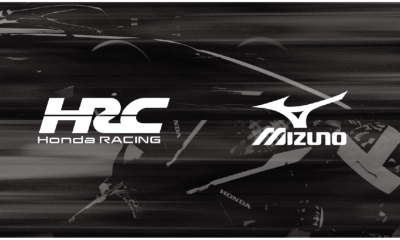
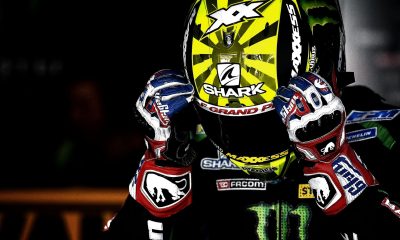

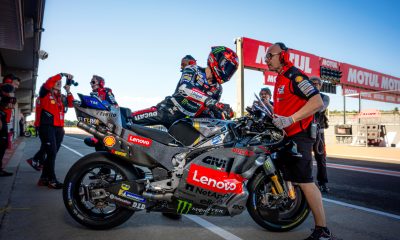

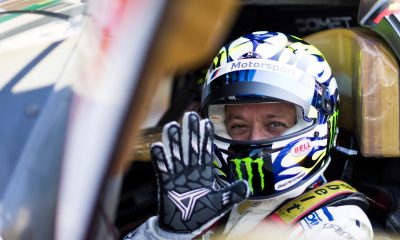
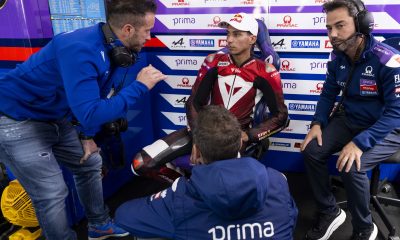
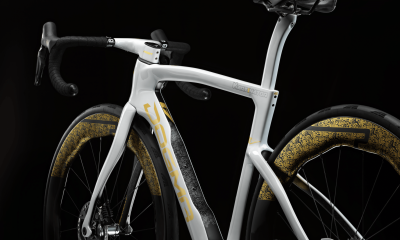
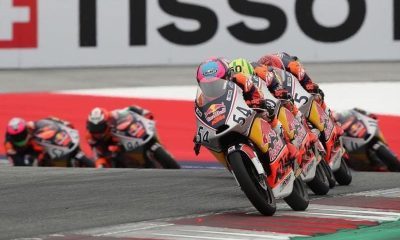
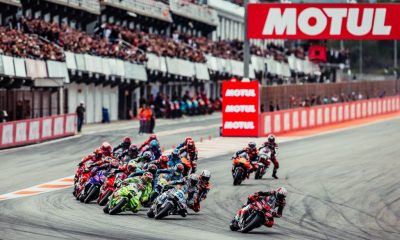


















Facebook
Instagram
X (Twitter)
YouTube
LinkedIn
RSS